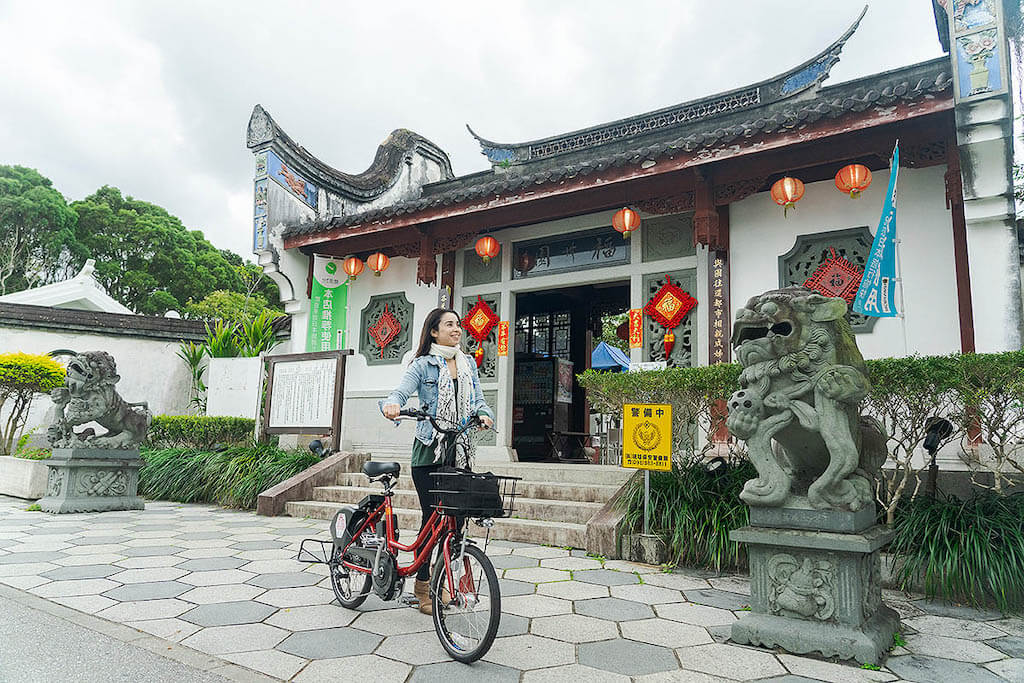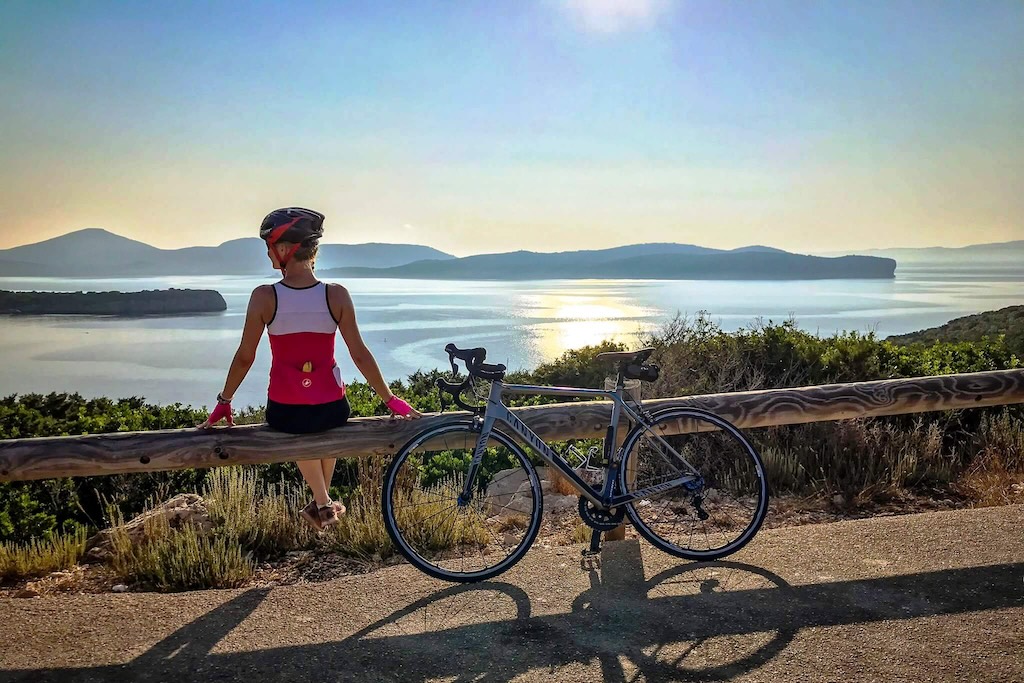Autumn Gear Guide
Find inspiration in our Gear Guide that will keep you out on your bike through wind or rain.
Download NowIn some pockets of the world, places with names like Okinawa, Sardinia, and Nicoya Peninsula, something truly remarkable is happening. People live longer, healthier lives than anywhere else on Earth. These regions, known as Blue Zones, have long been studied for their secrets to longevity, revealing key factors such as diet, community, active lifestyles, stress […]
In some pockets of the world, places with names like Okinawa, Sardinia, and Nicoya Peninsula, something truly remarkable is happening. People live longer, healthier lives than anywhere else on Earth. These regions, known as Blue Zones, have long been studied for their secrets to longevity, revealing key factors such as diet, community, active lifestyles, stress reduction, and a sense of purpose.
However, one element often overlooked in these longevity paradises is bikeability. This article explores the profound connection between bikeability, health, and the remarkable longevity witnessed in Blue Zones.
Blue Zones are rare geographic areas where people live remarkably longer and healthier lives. These regions, first identified by National Geographic explorer and author Dan Buettner, have become the blueprint for longevity. With a focus on a plant-based diet, strong community ties, regular physical activity, and reduced stress, they offer valuable insights into how to extend life and improve well-being.
Cycling is a fantastic cardiovascular exercise, promoting a strong heart and improving circulation. Regular cycling can significantly reduce the risk of heart disease and stroke.
The endorphins released during cycling enhance mental well-being, reduce stress, and combat anxiety and depression. In Blue Zones, stress reduction is a key factor in longevity, and cycling plays a role in promoting this.
Cycling is an excellent way to maintain a healthy weight or shed excess pounds, contributing to a lower risk of chronic diseases associated with obesity.
Cycling is an eco-friendly mode of transport that reduces air pollution and the related health risks, particularly in densely populated urban areas.
In Blue Zones, communities often incorporate cycling into daily life. Bikeability becomes not just a mode of transport but a way of living. For instance, Okinawa in Japan has an extensive network of cycling paths, making it easy for people of all ages to stay active on two wheels. The strong cycling culture in these areas complements the other elements that contribute to longevity.
Here is our guide:
Overview: Okinawa is celebrated for its high concentration of centenarians and a diet rich in vegetables, soy products, and fish. The locals maintain strong social connections, known as “moai,” which provide support and purpose.
Cycling Highlights:

Cycling in Okinawa, Japan (photo: visitokinawajapan.com)
Overview: Sardinia is famous for its rugged terrain and healthy Mediterranean diet. The locals enjoy a rich lifestyle filled with community gatherings, and their active daily routines contribute to longevity.
Cycling Highlights:

Sardinia is a Blue Zone area in Italy
Overview: The Nicoya Peninsula is noted for its strong community ties and a diet that includes beans, corn, and tropical fruits. The region’s relaxed pace of life significantly contributes to the residents’ longevity.
Cycling Highlights:
Overview: Loma Linda is known for its thriving community of Seventh-day Adventists, who emphasize a plant-based diet, regular exercise, and a strong sense of community. This lifestyle has contributed to the residents’ impressive longevity.
Cycling Highlights:
View this post on Instagram
Overview: San Luis Obispo is often referred to as SLO, and it combines a laid-back vibe with a strong emphasis on health and wellness. With its access to fresh produce and outdoor activities, this city supports an active and engaged lifestyle.
Cycling Highlights:
Overview: Boulder is known for its active lifestyle, stunning mountain views, and a community that values health and sustainability. Its residents often engage in outdoor activities, and a focus on healthy eating contributes to their longevity.
Cycling Highlights:
Creating bikeable communities doesn’t happen overnight, but there are strategies and best practices that can help cities and towns prioritize cycling. Local governments and urban planning have crucial roles to play in this process, from developing cycling infrastructure to promoting safety.
Challenges such as limited infrastructure, safety concerns, and cultural barriers can deter bikeability initiatives. However, innovative solutions and successful examples from different parts of the world show that these challenges can be overcome with determination and collaboration.
Incorporating bikeability into communities not only promotes physical health but also strengthens the sense of community, reducing stress and improving mental well-being. The extraordinary longevity seen in Blue Zones suggests that bikeability is more than just a means of transportation – it is a pathway to a prosperous and healthy life.
The link between bikeability, health, and longevity in Blue Zones highlights the profound impact that simple, sustainable lifestyle choices can have on our well-being. By focusing on building bikeable communities and promoting cycling as a way of life, we can move closer to the health and longevity observed in these extraordinary regions. It’s time to embrace the concept that cycling is not just an activity; it’s a path to prosperity, health, and a longer, fulfilling life.
Find inspiration in our Gear Guide that will keep you out on your bike through wind or rain.
Download Now
Leave a comment